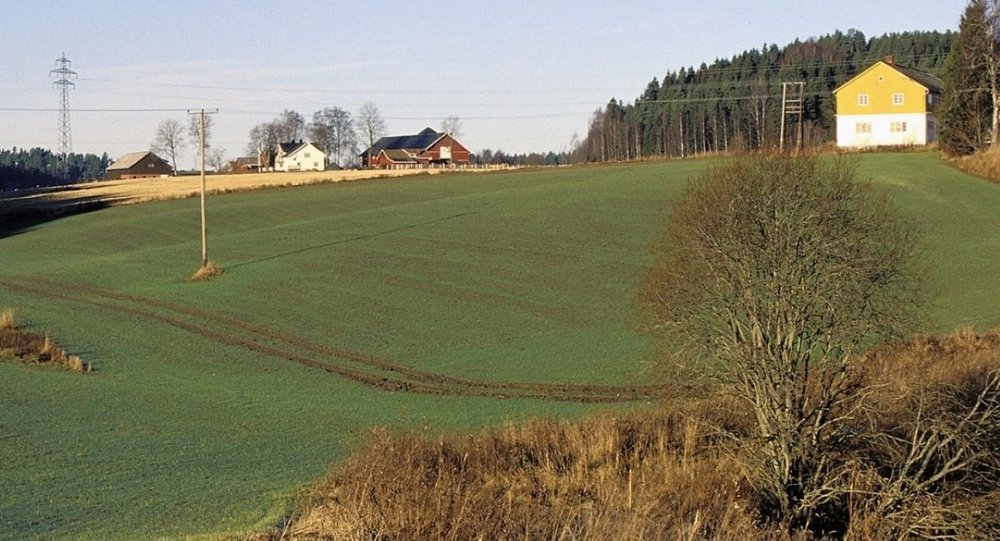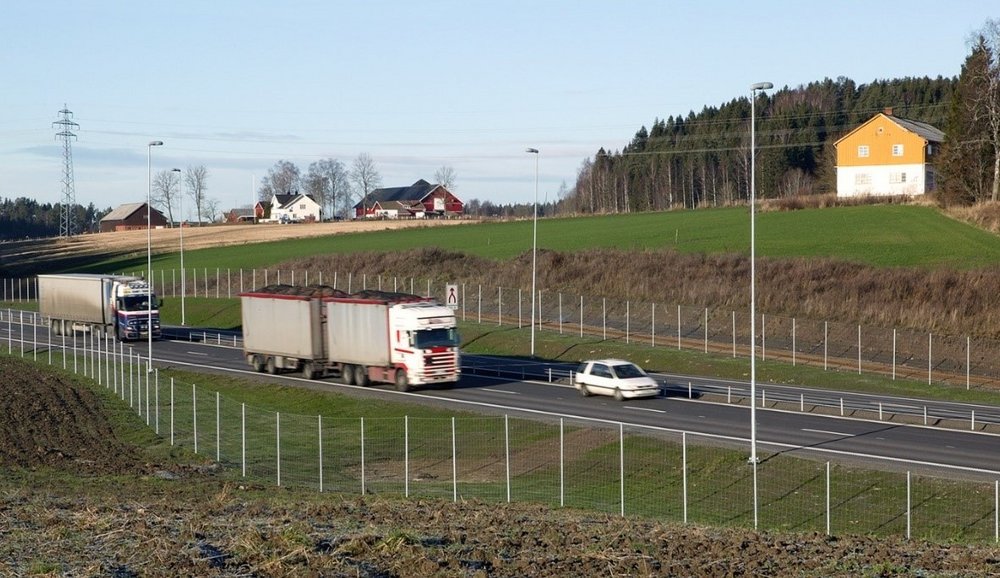Is moving soil the solution in Norway, when agricultural land is built over?
As Europe’s population increases, commensurate pressure is being put on politicians and legislative authorities to re-zone agricultural land to make way for new houses, roads, airports and commercial areas. How should politicians proceed? Can the soil be excavated and moved to create new fields to a comparable soil quality? And who should bear the costs?

If you live in a European country, which is a large land mass, you may not notice the slow desiccation and repurposing agricultural land but in countries where agriculture land is scarce, the problem is more visible. One such case is Norway, where only 3% of the land area is arable, perhaps the lowest in Europe. To compare, Germany and France have 33% of their land area as arable, and Italy 22%. Due to the scarcity of high quality and flat agricultural land in Norway, the idea of moving top soil from development sites and establishing new agricultural fields where the soil is shallow or previously forested or unproductive has been gaining traction – but not without controversy. Last year IKEA gave up a 3-year battle against the Norwegian farmers union and the Norwegian soil protection alliance for the opportunity to build a new IKEA warehouse on a prime piece of agricultural land adjoining a highway. This was despite getting a green light from local politicians, who welcomed the new business activity and job creation opportunities. Previous soil moving projects from the 1980s where steep sloping land was made more flat and workable have shown that after several decades it is possible to achieve a reasonable soil structure and yield level on soil that has been moved. But good results are dependent on excavator operators being trained and skilled at how to properly remove soil horizons, store them, and put them back in as careful manner as possible. There is a big difference between moving soil to build a road and moving soil to build a soil for growing food. Despite some good examples, there is still strong skepticism within the agricultural community about the benefits of soil moving and some fear that the option will only be used an argument for greater exploitation of agricultural areas by developers.
Political dilemma - Should developers be allowed to build on a prime agricultural land?
Recently two Norwegian local politicians, Simon Nordanger from the Center party, and Herman Ekle Lund, an independent, explained in an editorial to the national agricultural newspaper “Nationen”, a difficult decision they were faced with when deciding on whether to allow a property developer to build a new housing development on a prime piece of agricultural land.
From a soil protection perspective, the obligations for the developer were already stringent. If given approval they were obliged to construct double the amount of agricultural land area that they were appropriating for their development. Despite this, the politicians were still in doubt. Would the yield potential and soil quality of the new constructed fields ever be the same as the original area?

 Photos by Oskar Puschmann, NIBIO.
Photos by Oskar Puschmann, NIBIO.
In order to “sweeten the deal”, the developers extended their offer and committed to not only create double the amount of agricultural land area they had built over but also to substantially improve the quality and structure of the new soil. Their suggestions to achieve this included:
- Implementing “best practice” agronomic techniques.
- Planting of cover crops with the main crops, to build soil carbon and improve soil structure.
- Apply biochar, manure and compost to improve the soil and to sequester soil carbon.
By this, they aim for the new soil area to be a net sink for atmospheric CO2.
Precedent for Norwegian best practice in sustainable soil management?
While recognizing that the extended offer could be viewed as a form of “green washing”, the politicians decided to accept the extended offer and approve the development. They explained their rationale in the editorial that they hope that this example can set a precedent for further developments in Norway where best practice sustainable soil management can be included in the development agreement. They also hope that property developers may become a new source of funding for soil improving and CO2 mitigation methods in agriculture.

Photos by Oskar Puschmann, NIBIO.